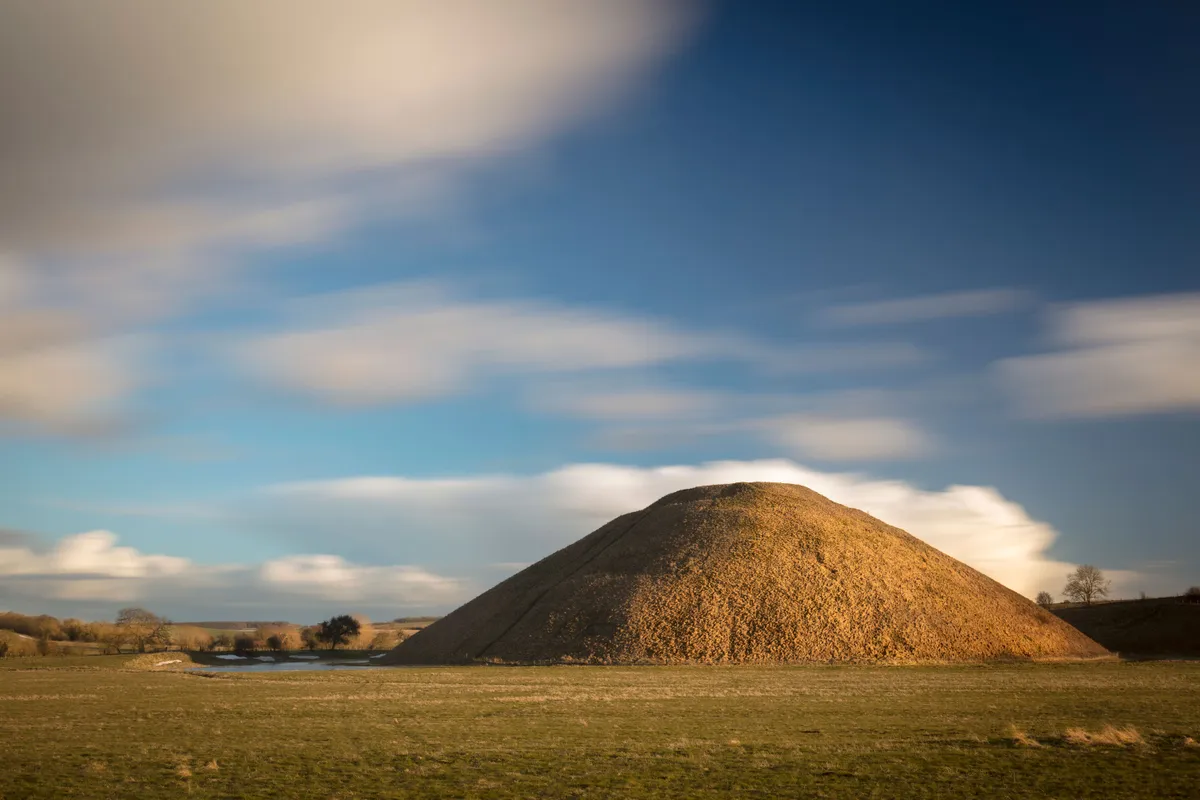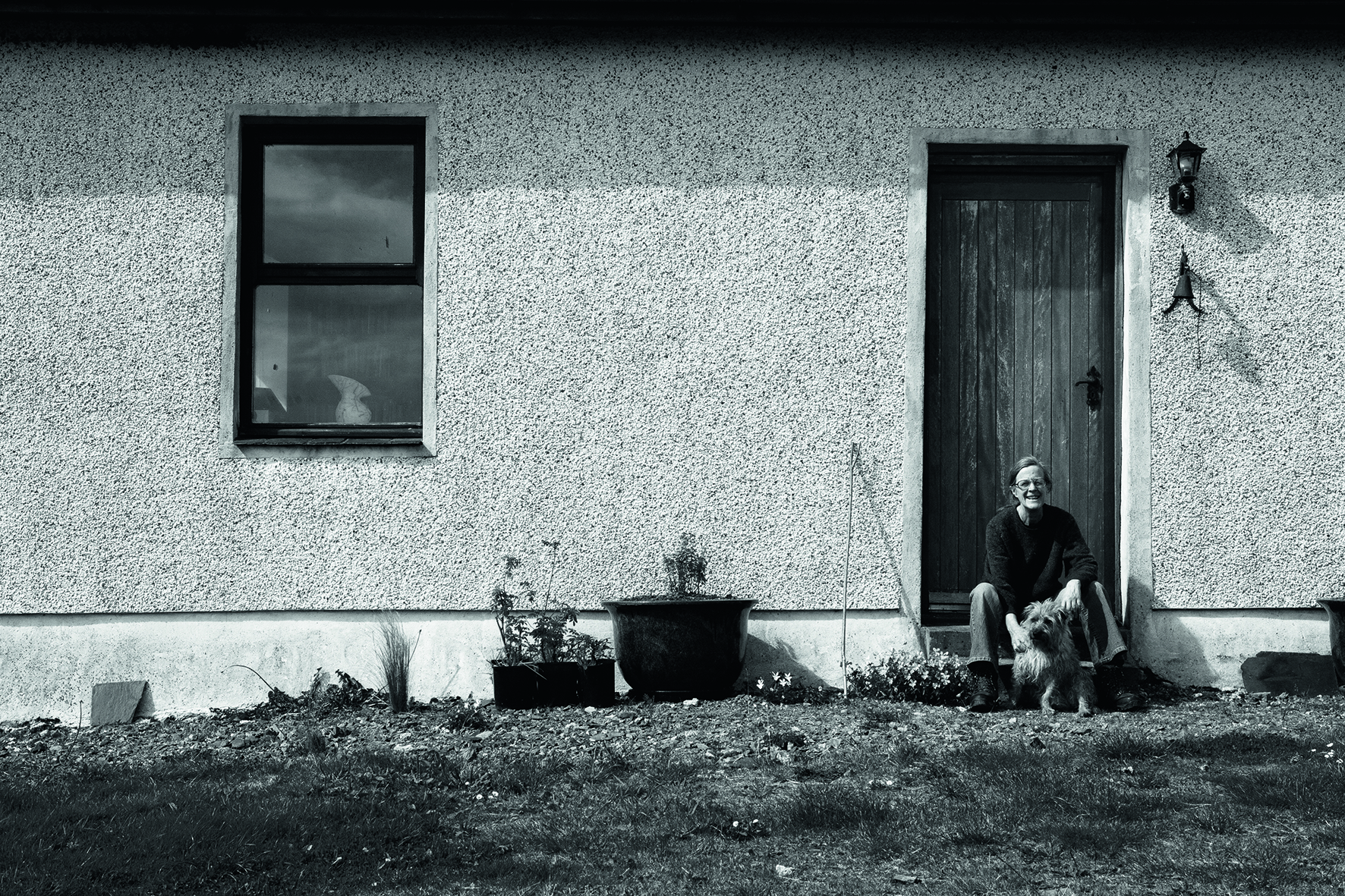It is becoming increasingly common to find contemporary works of art in rural places with public access, both paid-for and free. These can be one-off pieces or sculpture parks and trails. Local councils, Forestry Commissions, arts councils and private landowners have all invested, in some cases heavily, in commissioning an extraordinarily wide range of visual art. It is believed to enhance environments, attract more visitors and be good for us all.
Of course, this is not a brand-new idea. ‘Open air’ or public-space art, particularly statuary, has been around since at least Roman times, and it is worth thinking about whether we should include Silbury Hill and other megalithic works in this category (they are more usually treated as ritual or religious constructions, but seeing them as art in some ways simplifies the baffling questions about what they were ‘for’). Certainly, interpreting some of the high medieval west fronts of cathedrals as anything other than urban art is stretching good sense. What is newer is moving that art into the countryside.

By and large – and with cross-overs and complications – these artworks fall into two rather different categories: ‘landscape art’ and ‘environmental art’ (or ‘eco-art’). Landscape art uses, to put it simply, what is there; it shapes the landscape, moving earth and stone around, carving the hillside, focusing, enhancing, ornamenting the sense of a place. This is, of course, a very traditional and peculiarly English art form: it used to be called landscape gardening. It is useful to remember that Lancelot ‘Capability’ Brown described himself, and was more generally seen, as a creative artist. Charles Jencks’s Garden of Cosmic Speculation or Andy Goldsworthy’s Striding Arches, both located in Dumfries and Galloway, are clear developments of this tradition.
New perspectives
Environmental art, on the other hand, is a newer concept. It is created with the intention of making us all think in new or more profound ways about – and relate to – the environment, and by implication the ecological crisis we have brought on ourselves and the planet. An example of this approach might be The Rosnes Benches by Dalziel and Scullion in the Galloway Forest Park. Scattered throughout the forest, these moulded benches invite you to lie down and view the sky and trees above you from a different perspective. Another example is Tania Kovat’s Rivers, a boathouse with bottled water from 100 UK rivers, on display at Jupiter Artland just outside Edinburgh.
I have to admit that I struggle with this sort of art. For starters, those Rosnes benches look extremely uncomfortable, although I am assured they are ergonomically designed. Of course, there are exceptions: I love Goldsworthy’s Taking a Wall for a Walk in Grizedale Forest Park, and have a profound, moving engagement with Antony Gormley’s Another Place on Crosby Beach. But, overall, I remain sceptical about the idea of ‘using’ nature in this new way to make us more self-conscious about all the old ways in which we have used and exploited it.
I stand with Joyce Kilmer: “I think that I shall never see / A poem lovely as a tree.” But people whom I respect and love disagree: they find this new art beautiful, moving and useful. Go and have a look and see what you feel.
